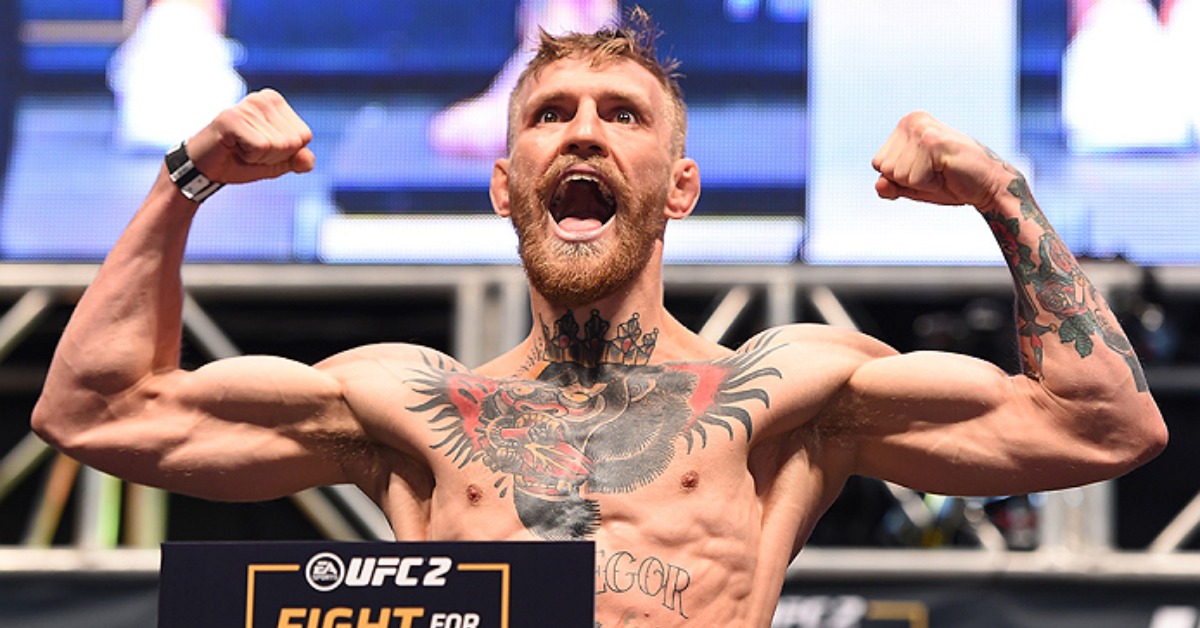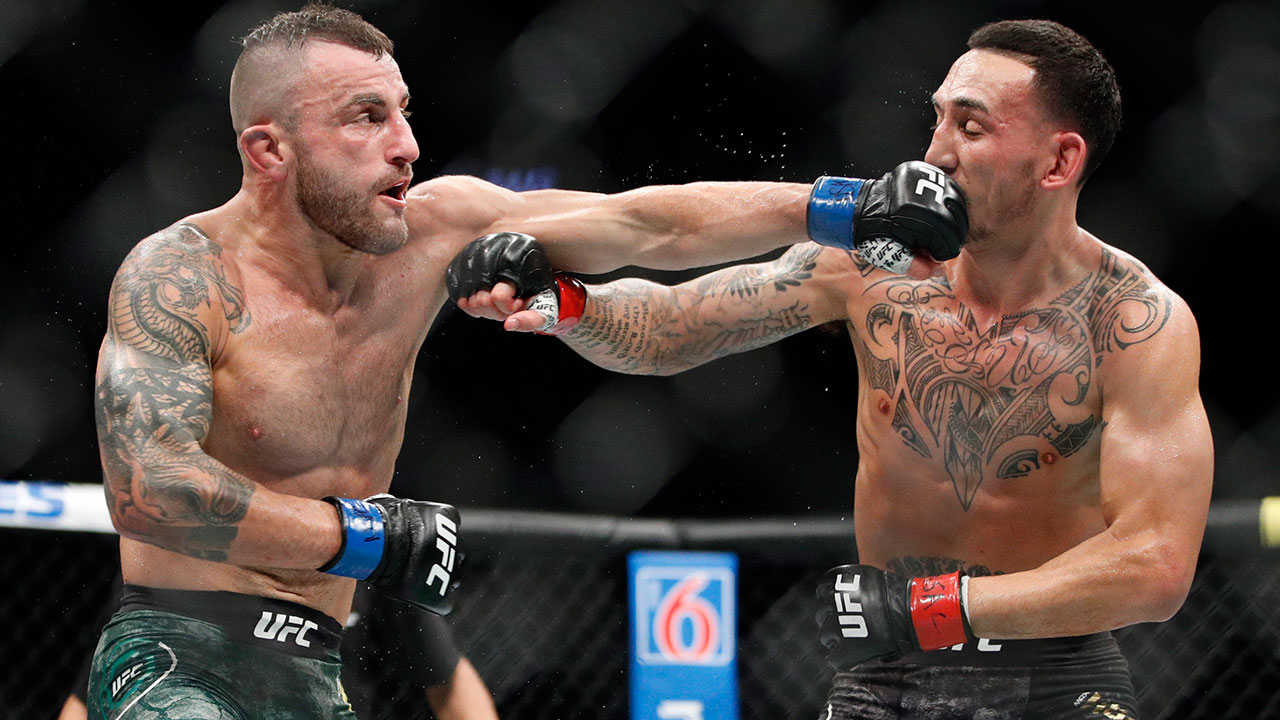Prominent Fighters in the Featherweight Division: Solicitado Peso Pluma

Solicitado peso pluma – The featherweight division in professional boxing is a highly competitive and action-packed weight class, featuring some of the most skilled and exciting fighters in the sport. These fighters possess exceptional speed, power, and technique, making their bouts must-see events for boxing enthusiasts.
In this section, we will delve into the profiles of some of the most notable fighters currently competing in the featherweight division. We will discuss their recent performances, strengths, and weaknesses, as well as their unique fighting styles and strategies.
Notable Fighters
- Fighter Name
Recent Performances: Fighter’s recent performances, including wins, losses, and notable achievements
Strengths: Fighter’s strengths, such as power, speed, or technical skills
Weaknesses: Fighter’s weaknesses, if any
Fighting Style: Fighter’s fighting style, including their techniques and strategies
- Fighter Name
Recent Performances: Fighter’s recent performances, including wins, losses, and notable achievements
Strengths: Fighter’s strengths, such as power, speed, or technical skills
Weaknesses: Fighter’s weaknesses, if any
Fighting Style: Fighter’s fighting style, including their techniques and strategies
- Fighter Name
Recent Performances: Fighter’s recent performances, including wins, losses, and notable achievements
Strengths: Fighter’s strengths, such as power, speed, or technical skills
Weaknesses: Fighter’s weaknesses, if any
Fighting Style: Fighter’s fighting style, including their techniques and strategies
Historical Featherweight Champions and Contenders

The featherweight division in boxing has witnessed a plethora of iconic champions and formidable contenders throughout its rich history. These fighters have left an indelible mark on the sport, showcasing exceptional skills, determination, and an unwavering pursuit of greatness. This timeline chronicles the remarkable journeys of some of the most influential featherweight boxers, examining their notable achievements and contributions to the evolution of the division.
From the early days of boxing to the modern era, the featherweight division has been a breeding ground for legendary fighters who have captivated audiences with their speed, power, and technical brilliance. These champions and contenders have not only shaped the history of the division but have also inspired generations of boxers and fight fans alike.
Pioneer Champions and Contenders
In the early 20th century, featherweight boxing was dominated by trailblazing fighters who laid the foundation for the division’s future success. One of the most notable pioneers was Terry McGovern, an American boxer who held the world featherweight title from 1899 to 1901. McGovern was known for his exceptional footwork and lightning-fast combinations, earning him the nickname “The Terrible Terry.”
Another legendary figure from this era was Abe Attell, a Jewish-American boxer who held the world featherweight title twice, from 1901 to 1902 and again from 1903 to 1904. Attell was renowned for his slick defensive skills and his ability to outmaneuver his opponents. His innovative use of feints and head movement revolutionized the art of boxing and influenced countless fighters who came after him.
These early champions paved the way for a golden age of featherweight boxing, attracting some of the most talented fighters in the world. In the 1920s and 1930s, the division was graced by the likes of Kid Chocolate, a Cuban boxer known for his exceptional speed and footwork, and Tommy Paul, an American boxer who held the world featherweight title for an impressive seven years, from 1932 to 1939.
The featherweight division continued to thrive in the post-World War II era, with the emergence of iconic champions such as Sandy Saddler, an American boxer who held the world featherweight title twice, from 1949 to 1950 and again from 1957 to 1959, and Willie Pep, an American boxer who held the world featherweight title three times, from 1942 to 1948, 1948 to 1950, and 1951 to 1952. These fighters captivated audiences with their exceptional skills and memorable rivalries, further solidifying the featherweight division as one of the most exciting and competitive in boxing.
In the modern era, the featherweight division has witnessed the rise of several outstanding champions, including Juan Manuel Márquez, a Mexican boxer who held the world featherweight title four times, from 2003 to 2004, 2007 to 2008, 2010 to 2011, and 2011 to 2012, and Vasyl Lomachenko, a Ukrainian boxer who held the world featherweight title from 2014 to 2016. These fighters have showcased incredible talent and determination, inspiring a new generation of featherweight boxers to push the boundaries of the sport.
Featherweight Division Techniques and Strategies

Featherweight fighters rely on a unique blend of speed, agility, and power to succeed in the ring. Their techniques and strategies are tailored to their smaller size and weight, allowing them to outmaneuver and outstrike their opponents.
Footwork
Footwork is paramount in the featherweight division. Fighters must be able to move quickly and efficiently to create angles, avoid punches, and set up their own attacks. They often use lateral movement, pivoting, and quick steps to maintain distance and control the pace of the fight.
Combinations, Solicitado peso pluma
Featherweight fighters are known for their fast and fluid combinations. They typically start with a jab to set up their power punches, such as the cross, hook, and uppercut. They also use feints and head movement to disguise their attacks and keep their opponents guessing.
Defensive Maneuvers
Featherweights rely on a variety of defensive maneuvers to avoid taking damage. They use head movement, footwork, and blocking to deflect or evade punches. They also employ counter-punching, where they strike back immediately after their opponent misses or throws a weak punch.